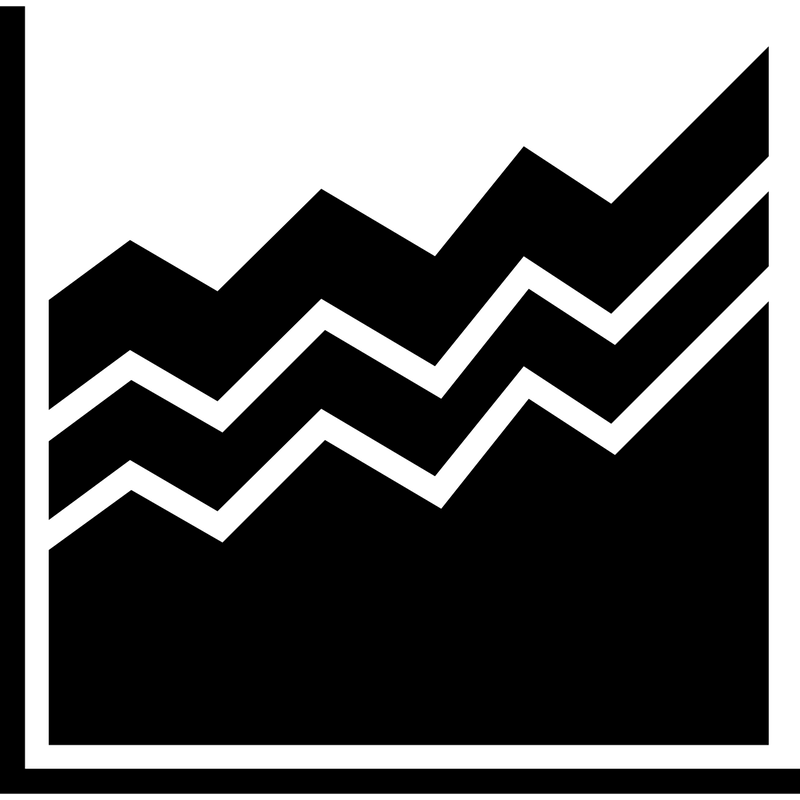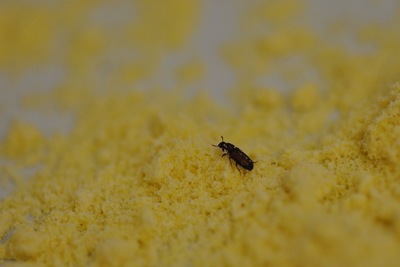There is growing evidence that populations can evolve rapidly in response to environmental change, but how does this evolution, in turn, influence ecological dynamics?
Rapid evolution of Schoenoplectus americanus in coastal salt marshes
Evolutionary biology and ecosystem ecology are disciplines that are fundamental to understanding how life on Earth changes across time and space. These two fields have historically been separated, partially due to the notion that evolutionary and ecological processes occur on different timescales. However, there is increasing evidence that the evolution of functional traits of organisms can occur rapidly and that this evolution can alter the surrounding ecosystem dynamics. Connecting evolutionary biology and ecosystem ecology is critical to understanding how organisms will respond to a changing climate and how these responses, in turn, will affect the ecosystem.
|
|
|
As a part of the McLachlan Lab at the University of Notre Dame, I seek to understand how the rapid evolution of Schoenoplectus americanus (a common marsh sedge in the Chesapeake Bay) traits over the past century mediates the rate at which salt marshes build soil surface elevation and store carbon in response to climate change. With our collaborators at University of Tennessee, Knoxville and the Smithsonian Environmental Research Center, we are reconstructing how these plants have evolved over the past century by resurrecting seeds buried deep in marsh soils. Rapid genetic and phenotypic change over the course of decades coupled with a strong biophysical feedback between plant productivity and ecosystem processes suggest that rapid evolution of S. americanus could alter predictions of the fate and state of coastal wetlands within the next century.
We combine long-term ecological data from the Smithsonian Environmental Research Center, field and lab experiments, genetic sequencing, and remote sensing to better understand how plant composition within the marsh has changed across space and time. Watch my recent 3 Minute Thesis presentation about the project above and read about our latest study featured by Notre Dame!
Relevant publications:
We combine long-term ecological data from the Smithsonian Environmental Research Center, field and lab experiments, genetic sequencing, and remote sensing to better understand how plant composition within the marsh has changed across space and time. Watch my recent 3 Minute Thesis presentation about the project above and read about our latest study featured by Notre Dame!
Relevant publications:
- Vahsen et al. 2023 (Science): Rapid plant trait evolution can alter coastal wetland resilience to sea level rise
- Vahsen et al. 2021 (Evolutionary Applications): Accounting for variability when resurrecting dormant propagules substantiates their use in eco-evolutionary studies
- McDonough et al. 2020 (Bulletin of the Ecological Society of America): Plant love stories: Share your story and grow a movement.
- Monroe et al. 2018 (Trends in Ecology & Evolution): Ecoevolutionary dynamics of carbon cycling in the Anthropocene
Data-model integration for coastal wetland forecasting
The coastal wetland research community is replete with biogeochemical data as well as biophysical process models that explain the relationships between plant growth, sediment capture, carbon accumulation, and soil surface accretion. However, there have been few attempts to integrate data and models in a way that fully accounts for uncertainties that arise due to model structure, uncertainties in the data, variability across space, and a variety of other sources. Addressing where uncertainties in forecasts of coastal wetland resilience arise from is vital in improving the accuracy and precision of predictions.
I am the principal investigator of a project supported by the US Coastal Research program that seeks to quantify and reduce the uncertainty of marsh accretion model predictions through data-model integration of aboveground plant productivity data. With collaborators at the Smithsonian Environmental Research Center as well as statisticians at the University of Notre Dame, we are characterizing variability that arises due to using proxy measurements of aboveground biomass to inform parameters in marsh accretion models. Funding from this grant has supported a graduate student in the Department of Applied and Computational Mathematics at Notre Dame, as well as four undergraduate students at Notre Dame. Check out pictures from our 2021 field season as well as my ESA 2020 presentation describing our methodological approach below!
I am the principal investigator of a project supported by the US Coastal Research program that seeks to quantify and reduce the uncertainty of marsh accretion model predictions through data-model integration of aboveground plant productivity data. With collaborators at the Smithsonian Environmental Research Center as well as statisticians at the University of Notre Dame, we are characterizing variability that arises due to using proxy measurements of aboveground biomass to inform parameters in marsh accretion models. Funding from this grant has supported a graduate student in the Department of Applied and Computational Mathematics at Notre Dame, as well as four undergraduate students at Notre Dame. Check out pictures from our 2021 field season as well as my ESA 2020 presentation describing our methodological approach below!
|
|
|

I am also part of the Coastal Carbon Research Coordination Network (CCRCN), a group of researchers working to increase the accessibility of data and analytical tools needed to support the forecasting of carbon sequestration in coastal soils. Through collaborations fostered by the CCRCN, I am active collaborator on a NASA Carbon Monitoring Systems grant that seeks to constrain uncertainties in the coastal carbon budget by better understanding the controls on methane emissions in coastal marshes.
Rapid evolution as an architect of range expansion
In the Hufbauer lab at Colorado State University (with collaborators at CU Boulder), we used the model system, Tribolium castaneum (red flour beetle) to test if evolution is a passenger or driver of population range expansion. By both allowing populations of flour beetles to evolve and restricting them from evolving for six generations, we found that evolution increased the rate of population spread by 46%. This was largely a byproduct of adaptation: evolving populations were nearly three times larger than non-evolving populations after six generations, whereas spatial selection was a minor contribution to range expansion. Read about our work and write-up in Colorado State University's Source.
To better understand the drivers of dispersal, we investigated how phenotype and environment mediated dispersal in T. castaneum in a concurrent experiment. We found that the dispersal behavior of adult beetles was strongly influenced by their current environment (i.e. population density and medium quality) but that this was also mediated by the environment they experienced as juveniles. Strikingly, individual dispersal behavior was guided by the behavior of their neighbors: if an individual's neighbors grew up in a poor environment, that individual was more likely to disperse away to seek out more resources, even if that individual grew up in a benign environment.
Relevant publications:
To better understand the drivers of dispersal, we investigated how phenotype and environment mediated dispersal in T. castaneum in a concurrent experiment. We found that the dispersal behavior of adult beetles was strongly influenced by their current environment (i.e. population density and medium quality) but that this was also mediated by the environment they experienced as juveniles. Strikingly, individual dispersal behavior was guided by the behavior of their neighbors: if an individual's neighbors grew up in a poor environment, that individual was more likely to disperse away to seek out more resources, even if that individual grew up in a benign environment.
Relevant publications:
- Szücs & Vahsen (co-first authors) et al. 2017 (PNAS): Rapid adaptive evolution in novel environments acts as an architect of population range expansion
- Endriss & Vahsen (co-first authors) et al. 2019 (Ecology Letters): The importance of growing up: Juvenile environment influences dispersal of individuals and their neighbours
Biological invasions: The eco-evo dynamics of founding populations
Biological invasions serve as unique natural experiments for studying evolutionary processes partly because founding populations must acclimate and adapt to their new range quickly in order to persist. Propagule pressure (i.e. the number of founders) is often heralded as the most consistent predictor of founding population success. However, what is less clear is the relative importance of the demographics and genetic make-up of the population in driving success. In a factorial experiment we manipulated the propagule size, diversity, level of pre-adaptation to the founding environment, and introduction scenario (i.e. one large vs many small introduction events) of populations of T. castaneum and found that propagule size alone could not explain variation in founding success. Having even a few pre-adapted individuals in a founding group drastically increased founding success, whereas introduction scenario had only a marginal effect on success.
Relevant publications:
Relevant publications:
- Vahsen et al. 2018 (Biological Invasions): Prior adaptation, diversity, and introduction frequency mediate the positive relationship between propagule pressure and the initial success of founding populations









